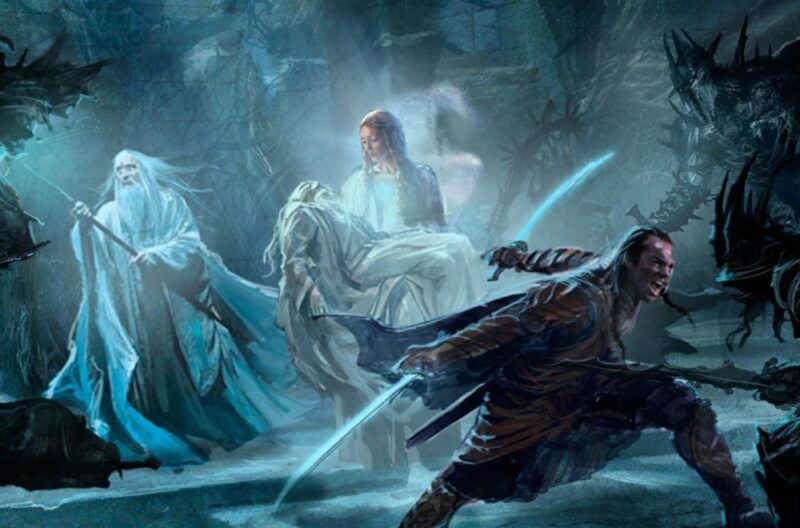BATTLE OF AZANULBIZAR
While Saruman immersed himself in the affairs of the great realms of the South, Gandalf, the wizard, turned his attention to the well-being of his Hobbit friends in the Shire, dedicating himself to helping them survive the harsh conditions of the long winter. Meanwhile, under the prosperous reign of King Thror, the dwarves of Erebor thrived, benefiting from lucrative mining operations and amicable trade relations with neighboring powers.
However, as often befalling their people, excessive wealth spelled doom, attracting the Northern Dragon, Smaug the Terrible, who in 2770 TA attacked the Lonely Mountain and claimed their treasure as his own. Fleeing for their lives, some of Durin’s folk sought refuge in the Iron Hills, while others followed King Thror to the Dunland Hills, where they faced poverty and struggled for survival. By 2790, disheartened by the plight of his people, King Thror entrusted his son Thrain with the last of the seven dwarven rings of power and a map to the Lonely Mountain before embarking on a quest to their ancestral homeland of Khazad Dum, now called Moria.
Thror, despite the dangers posed by orcs and Durin’s Bane, boldly entered the eastern gate alone, leaving his friend Nar to await his return. A few days later, Nar discovered that Thror had been captured by orcs, tortured, and beheaded, with the name Azog carved into his forehead. Azog, the defiler, declared himself the new King of Moria and furthered the insult by giving Nar a small bag of coins to serve as a messenger, warning of death to any who dared enter his lands. As Nar departed, he witnessed Thror’s body hacked into pieces and left for the crows. Upon learning of these atrocities, Thrain, the new King, sat in silence for seven days before rising in fury, proclaiming that such indignities could not be borne.
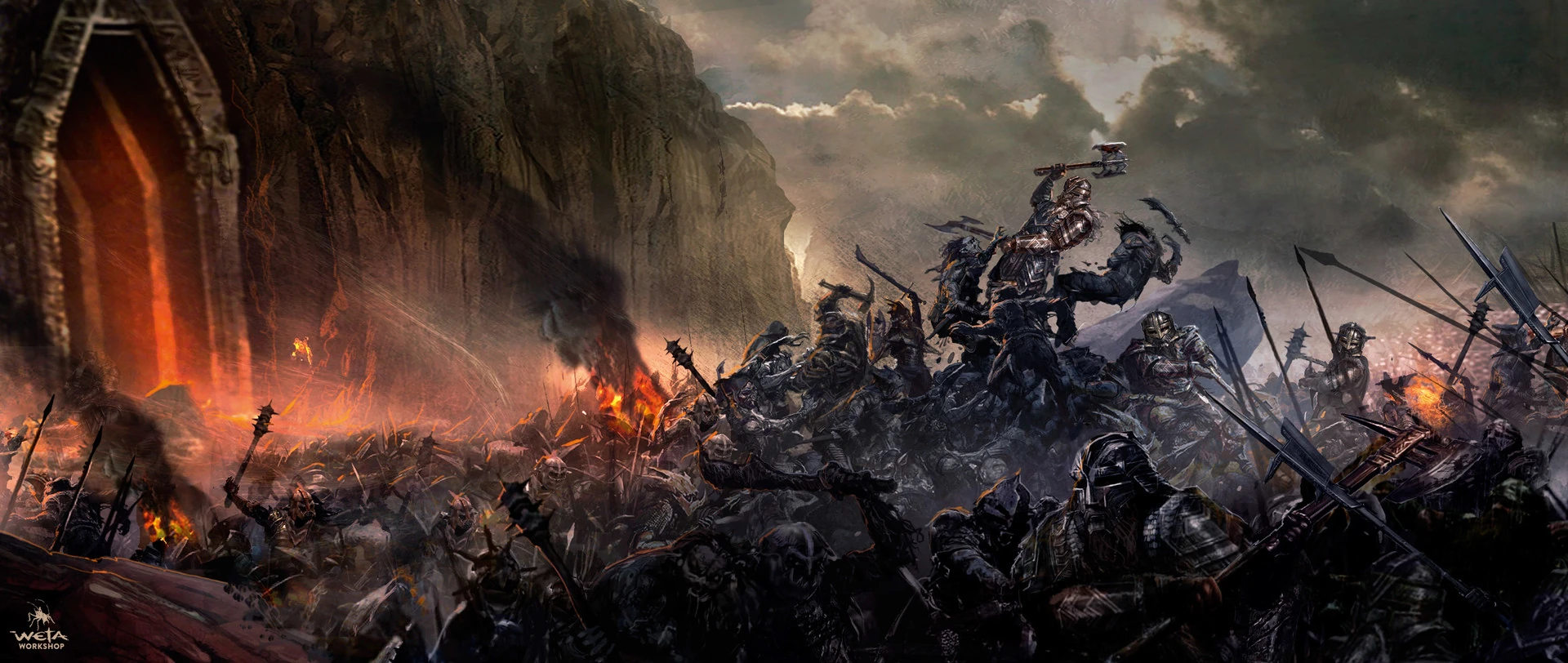
Thrain not only summoned the armies of Durin’s folk but also rallied the other Dwarven clans scattered across Middle Earth. Each responded by sending armies to avenge the fallen King. A proud and determined people, they spent the next three years gathering their forces before launching an invasion of the Misty Mountains through Mount Gundabad in the North, cleansing the northern half of the mountains down to the Gladden River. Proficient in underground combat, the dwarves inflicted significant casualties upon the orcs of the Misty Mountains but paid a heavy price for their victories, losing over half their army in the fierce fighting.
The six-year campaign reached its climax in the Battle of Azanulbizar in 2799, where Lord Nain and his son Dain secured victory for the dwarves by bringing reinforcements from the Iron Hills. The toll was heavy, with casualties including Frerin, the King’s second son, and kinsman Fundin. Thrain lost an eye, and Thorin, his first son, was wounded. In the thick of the battle, Thorin, having lost his shield, improvised by using an oaken tree branch for defense, earning him the moniker Oakenshield. In the final push against the enemy, Azog the Defiler was killed by Nain’s son Dain Ironfoot, after Azog had fought and killed the Lord of the Iron Hills. The dwarves sealed their victory by stuffing the same bag of coins they received from Azog into his mouth before impaling his head on a stake.
Despite the triumph, King Thrain desired to press on and march into Moria to reclaim the ancient homeland of Durin’s Folk. However, other dwarf clans refused, asserting that the mission to avenge King Thror was accomplished, and they would not risk more lives for a homeland that wasn’t theirs. Even Durin’s Folk hesitated to proceed when Dain Ironfoot reported seeing the Balrog of Moria waiting within the mountain. With the war concluded, the Grand Dwarven Army disbanded, and the other clans returned to their lands. Many of Durin’s folk followed Lord Dain Ironfoot to the Iron Hills, while the rest settled in the Blue Mountains under King Thrain and his son Thorin Oakenshield.
SECOND WHITE COUNCIL
Following the war, the surviving orcs of the Misty Mountains sought refuge in the White Mountains of the South, surviving by raiding settlements in the nearby realm of Rohan. Conversely, the defeat of the orcs in the North ushered in years of peace in the lands of Eriador, though it also marked the rise of Azog the Defiler’s son, Bolg, who assumed leadership in Gundabad, spending years rebuilding their forces.
For 40 years, King Thrain the Second reigned in the Blue Mountains, growing increasingly desperate to reclaim the riches left behind in their former Kingdom. In 2841, he left his son Thorin in charge of their people to embark on a quest with a small company, including his friends Dwalin and Balin, to explore the Lonely Mountain and assess the lingering danger.
Upon learning of their mission, the Dark Lord Sauron set a trap, sending beasts and bad weather to force them into taking shelter in the forest of Mirkwood. Sauron’s agents captured Thrain in the night, bringing him to Dol Guldur, where they seized his Ring of power, subjected him to torture, and left him to die. Meanwhile, the wizard Gandalf the Gray embarked on a quest to find the vanished King, navigating through Moria secretly, yet without success.
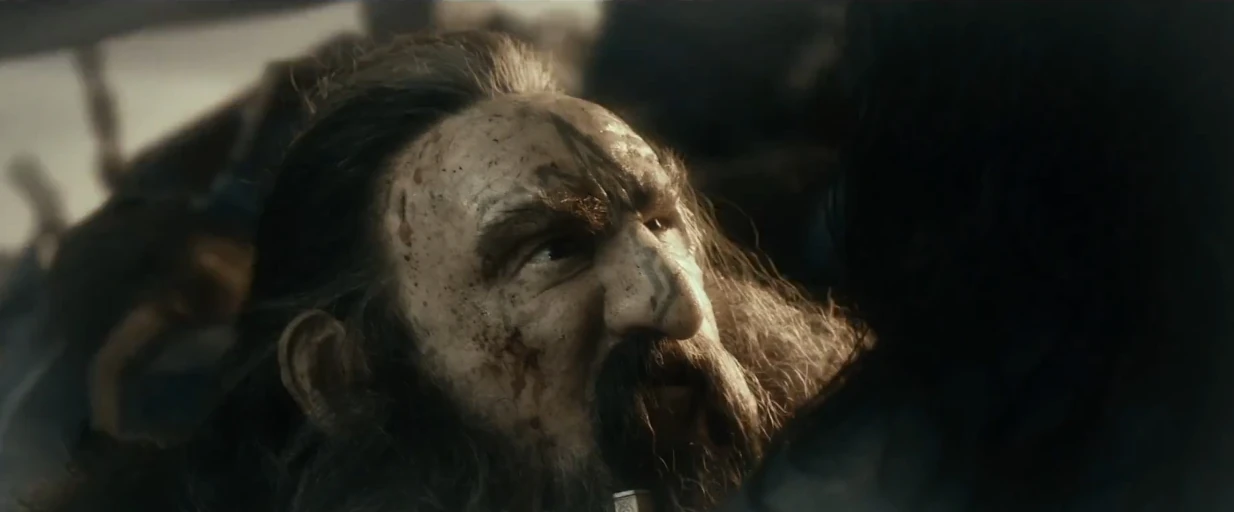
Gandalf’s relentless investigations eventually led him back to Dol Guldur, where he discovered Thrain in a pitiful state, half-mad and unable to recall his own name. Despite Thrain’s weakened condition, Gandalf managed to extract valuable information, unveiling Sauron’s return and his quest for the remaining rings of power, all while masquerading as the Necromancer of Dol Guldur. Summoning the last reserves of his strength, Thrain entrusted Gandalf with the key and map to Erebor before succumbing to his torment.
The wizard promptly convened the White Council to relay his findings, passionately advocating for an immediate strike to obliterate Sauron and his forces while the Dark Lord remained vulnerable. However, with a concealed agenda, Saruman dismissed the urgency, asserting that Sauron posed no real threat without the one Ring. Persuading the council, they opted for inaction, trusting Saruman to manage the situation and prevent further escalation.
Despite this decision, Gandalf and Elrond remained unconvinced, harboring suspicions that Sauron and the One Ring still presented a substantial danger. Unbeknownst to them, Saruman’s heart had already succumbed to corrupt ambition; he coveted Sauron’s dominion and sought to replace him as the ruler of Middle Earth. Abusing his authority, Saruman obstructed the White Council from intervening while dispatching his agents to scour the Anduin River for the One Ring, envisioning it as his own.
SAURON GETTING STRONGER
In the White Mountains of the South, a new orc faction emerged, having escaped the war in the Misty Mountains, creating havoc for the lands of Rohan. King Brytta took up arms, leading his forces to a resounding victory before erroneously assuming the threat was vanquished upon returning to the capital.
However, in 2851, the orcs resumed their raids, claiming the life of King Walda, Brytta’s son. Inheriting the throne and the ongoing conflict, Walda’s son Folca mustered his armies and finally eradicated the orc presence in the White Mountains. Tragically, Folca met his demise during a boar hunt in 2864, leaving his son Folcwine to ascend the throne. In 2885, King Folcwine dispatched his sons Folcred and Fastred, leading an army to aid their allies in Gondor, which was grappling with a Haradrim invasion. Southern Gondor found itself under occupation, with fierce battles raging along the Poros River.
Though critical for the Allied forces, the victory at the crossings of Poros left Rohan in mourning as both Folcred and Fastred perished in the battle against the Haradrim invaders in Southern Gondor. Following this triumph, Ithilien, in the South of Gondor, suffered relentless orc and Uruk-hai attacks. In response, Steward Turin II made the difficult decision to withdraw the Gondorian people from the region in 2901 TA, leaving only scouts and warriors to maintain a vigilant watch over Mordor from the strategic outpost of Henneth Annun.
Meanwhile, tragedy struck once again in the lands of Eriador in 2911, when a harsh fell winter descended upon the Shire. Though not as severe as the long winter nearly two centuries prior, it still posed a significant threat. An army of white wolves took advantage of the frozen Brandywine River, breaching the borders and prompting the hobbits to sound the horn of Buckland. The call rallied the hobbits to take up arms, defending their homeland against the unexpected invasion. Furthermore, the Fell Winter’s end in 2912 brought additional damage to Eriador, as melting ice and snow caused local rivers to flood, resulting in the city of Tharbad lying in ruins and its human population forced to flee.
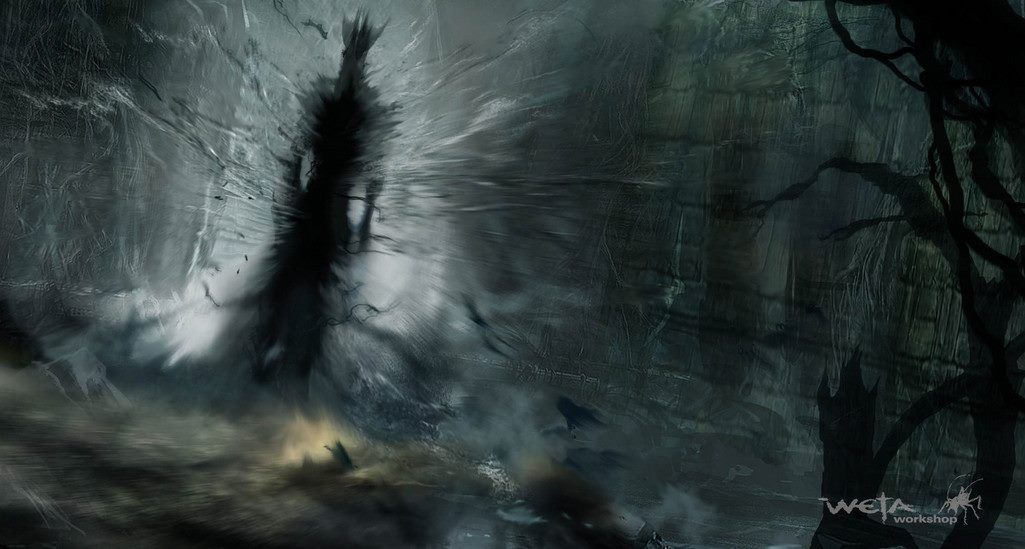
Founded by the men of Numenor in the Second Age, Tharbad, like other Dunedain settlements, had seen a gradual population decline, eventually being replaced by the Dunlendings who migrated from the South to establish communities in places like Tharbad and Bree. Nearly 3000 years after his defeat in the War of the Last Alliance, the Dark Lord Sauron, operating in the shadows, was poised to launch a second large-scale invasion for the conquest of Middle Earth.
Despite setbacks like the defeat of orcs in the Misty Mountains, Sauron’s armies continued to grow in strength, with thousands of orcs bred in Mordor and support from his servants and allies from the East and South. However, Sauron still had two crucial objectives to secure his dominion over the continent: restoring his body by finding the One Ring of Power and annihilating the Dunedain Kingdom of Gondor.
In opposition to the Dark Lord stood Gandalf the Gray, who, in the absence of Saruman’s leadership, assumed the role of general and master strategist for the free peoples of Middle Earth. While Sauron commanded the loyalty of Mordor, Dol Guldur, the remaining orcs of the Misty Mountains, the Easterlings, the Haradrim of the South, the Corsairs of Umbar, and the Variags of Khand, the peoples of the West relied on support from the human kingdoms of Gondor and Rohan, the elves of the Woodland Realm, Lothlorien, and Rivendell, the dwarves of the Iron Hills and Erebor, and the humans of Dale, who were allied with the dwarves.
SMAUG THE TERRIBLE
Unfortunately, a significant blow to their northern defenses occurred in 2770 when the Dragon Smaug the Terrible destroyed the City of Dale and occupied the Kingdom under the mountain.Realizing the potential threat Smaug posed as an ally to the second Dark Lord, Gandalf persuaded Thorin Oakenshield, a dwarf in exile, and his 12 companions to embark on a quest to reclaim Erebor and eliminate the dragon in 2941. Assisted by the Hobbit, Bilbo Baggins, the company entered the Lonely Mountain, but their attempts to subdue the dragon failed, prompting Smaug’s departure and unleashing his fury on the nearby human settlement of Lake Town.
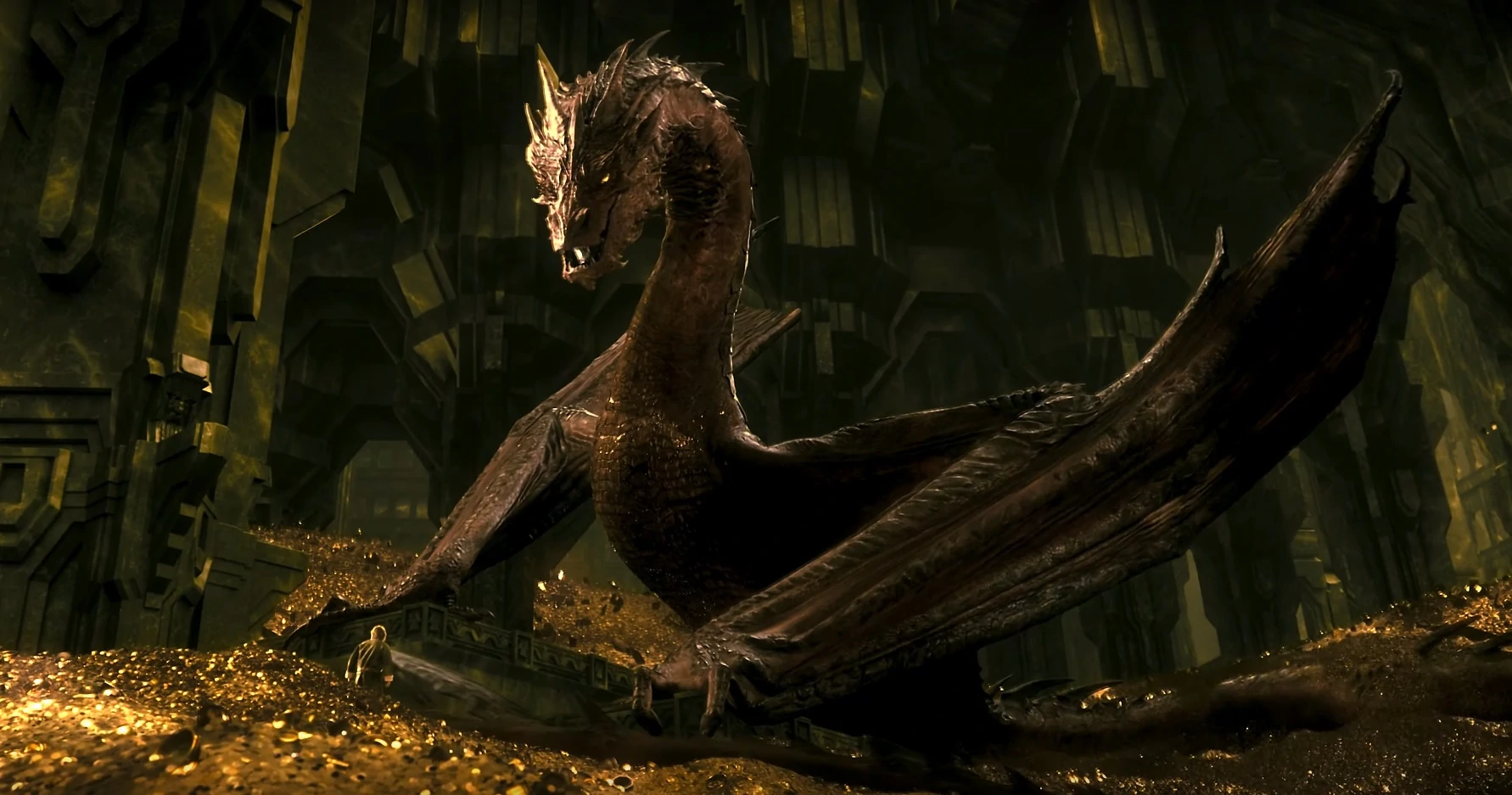
Bard the Bowmen, a descendant of the last Lord of Dale, discovered a vulnerable spot on the dragon’s chest and shot a powerful black arrow into it, instantly killing Smaug. Bard’s heroic act earned him the mantle of a leader for his people. With Lake Town lost and devastated by the dwarves’ actions, Bard sought recompense and planned to lead his people to the Lonely Mountain, where they hoped to claim a portion of Erebor’s treasure horde.
THE BATTLE OF THE FIVE ARMIES
Joining forces with the humans, King Thranduil and an army of elves from Mirkwood, believing the dwarves were defeated, aimed to claim the treasure for themselves. Witnessing the plight of Bard and the townsfolk, the elves offered aid with supplies and temporary shelters before converging on the Lonely Mountain together. Finding the entrance blocked and the Dwarven Company still alive, Bard attempted negotiation, but Thorin, distrustful of the elves and their claims, refused any compromise.
To prevent bloodshed, Bilbo, separating from his dwarven companions, took the Arkenstone, the most precious jewel of the dwarves and an heirloom of their royal line. He presented it to the opposing army, hoping to trade it for a share of the treasure. Thorin, initially furious, reluctantly agreed to part with 1/14 of their wealth in exchange for the jewel. However, before the deal could be finalized, Dain Ironfoot, Thorin’s cousin, responded to a message sent by a raven, arriving with an army of 500 battle-hardened dwarves from the Iron Hills.
Witnessing their kinsmen under siege, Dain Ironfoot and his forces would have clashed with humans and elves in a bloody struggle if not for Gandalf’s intervention. The wizard stepped between them, revealing a greater enemy on the horizon. Bolg, son of Azog the Defiler, sought to capitalize on Smaug’s death and claim the Dwarven treasure, leading an army of orcs, wolves, wargs, and bats to destroy anyone in their path.
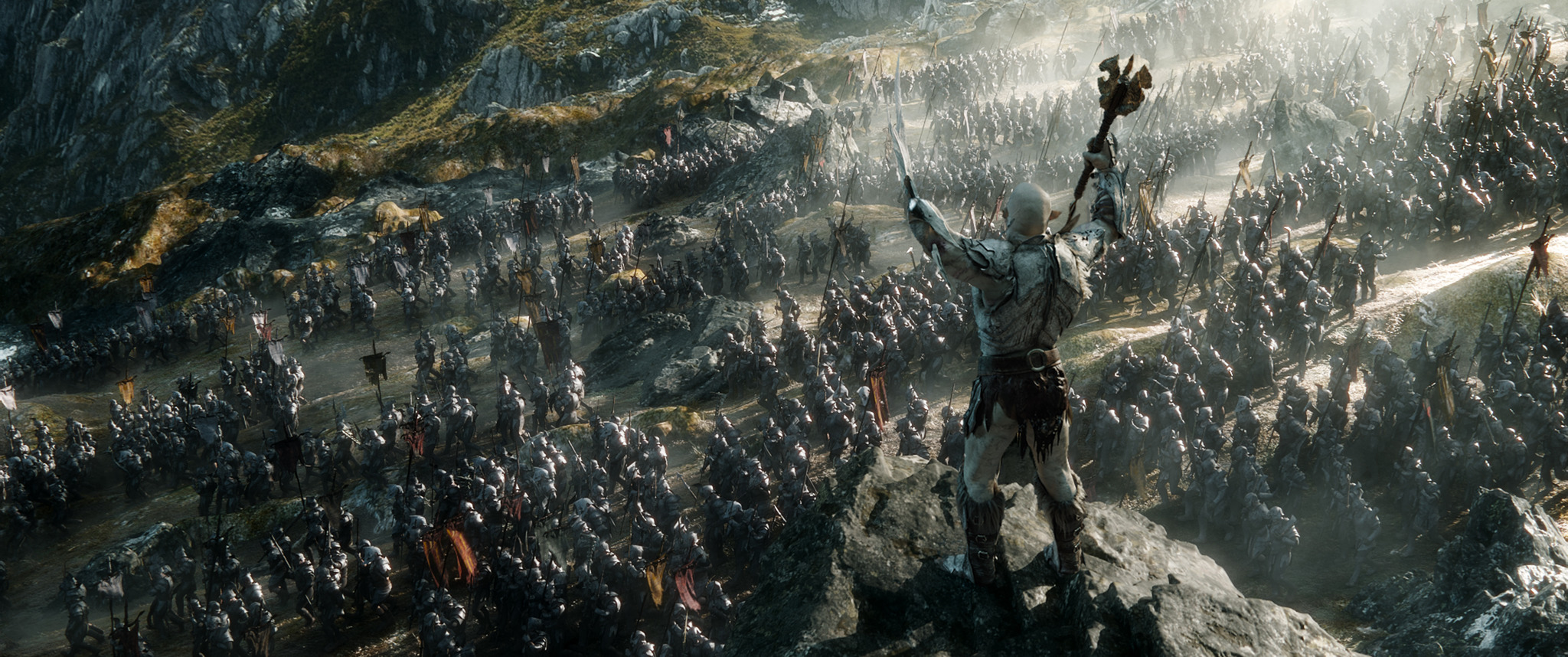
Agreeing to a temporary ceasefire to face the larger threat, the Battle of Five Armies unfolded with humans, elves, and dwarves on one side and orcs and wicked beasts on the other. Despite initial advantages for Bolg’s forces, the battle turned when the great eagles of the Misty Mountains, alongside the skin-changer Beorn, arrived to reinforce the free peoples. In a devastating defeat, Bolg fell to Beorn, and the orc armies lost a significant portion of their forces.
Victorious yet mourning many casualties, including the deaths of King Thorin and his nephews, Fili and Kili, the elves, humans, and dwarves emerged from the battle. The Arkenstone returned to the dwarves, now led by King Dain Ironfoot, while Bilbo forfeited his share of the treasure, giving it to Bard the Bowmen, who distributed it among his people and the elves.
With Lake Town in ruins, the humans used their newfound wealth to rebuild the city of Dale, completing the construction in 2944. Despite Dain Ironfoot’s insistence on a rich reward, Bilbo declined, departing with only two chests of gold and silver. However, the most significant prize Bilbo carried home was the magic ring he discovered in the lair of the creature Gollum during his separation from Thorin Oakenshield’s company in the Misty Mountains.
THIRD WHITE COUNCIL
Although Gandalf was aware of Bilbo’s possession of this treasure, neither truly grasped its significance – the One Ring of Power forged by Sauron in Mount Doom. Alongside Bilbo’s discovery of the One Ring, the death of Smaug, the restoration of Erebor, and the Battle of the Five Armies, the year 2941 also marked another crucial event: the White Council finally moved against Dol Guldur to confront Sauron, forcing his retreat back to Mordor.

However, unwilling to relinquish the strategic location, Sauron sent three of his Nazgûl a decade later to reclaim Dol Guldur. Revealing the Necromancer’s true identity as the Dark Lord Sauron, the White Council convened for a final meeting in 2953 TA. Once again attempting to dispel their fears, Saruman claimed the One Ring was lost forever, carried from the Anduin River into the Sea of Belegaer.
Saruman’s lies found willing ears in the White Council, and many failed to adequately prepare for the impending conflict. In contrast, Saruman, already succumbing to corruption, fortified Isengard and initiated his preparations for war. Over the following decades, his thirst for conquest intensified, culminating in the breeding of his own roc army in 2990. By the year 3000, he directly communicated with Sauron through the Palantir, cementing their unholy alliance. Despite creating his lesser Ring of power, Saruman saw his loyalty to Sauron as a temporary measure, harboring aspirations to claim the One Ring and establish himself as the master of the entire continent.
ONSLAUGHT IN MORIA
Further north, almost five decades after the dwarves of Durin’s Folk reestablished the Kingdom under the Mountain, Balin, son of Fundin, embarked on a perilous journey to reclaim their ancestral homeland of Khazad Dum. Lost centuries earlier to Durin’s Bane, the last known Balrog of Morgoth, Moria had become a refuge for orcs and wicked creatures loyal to Sauron, making it a treacherous realm.
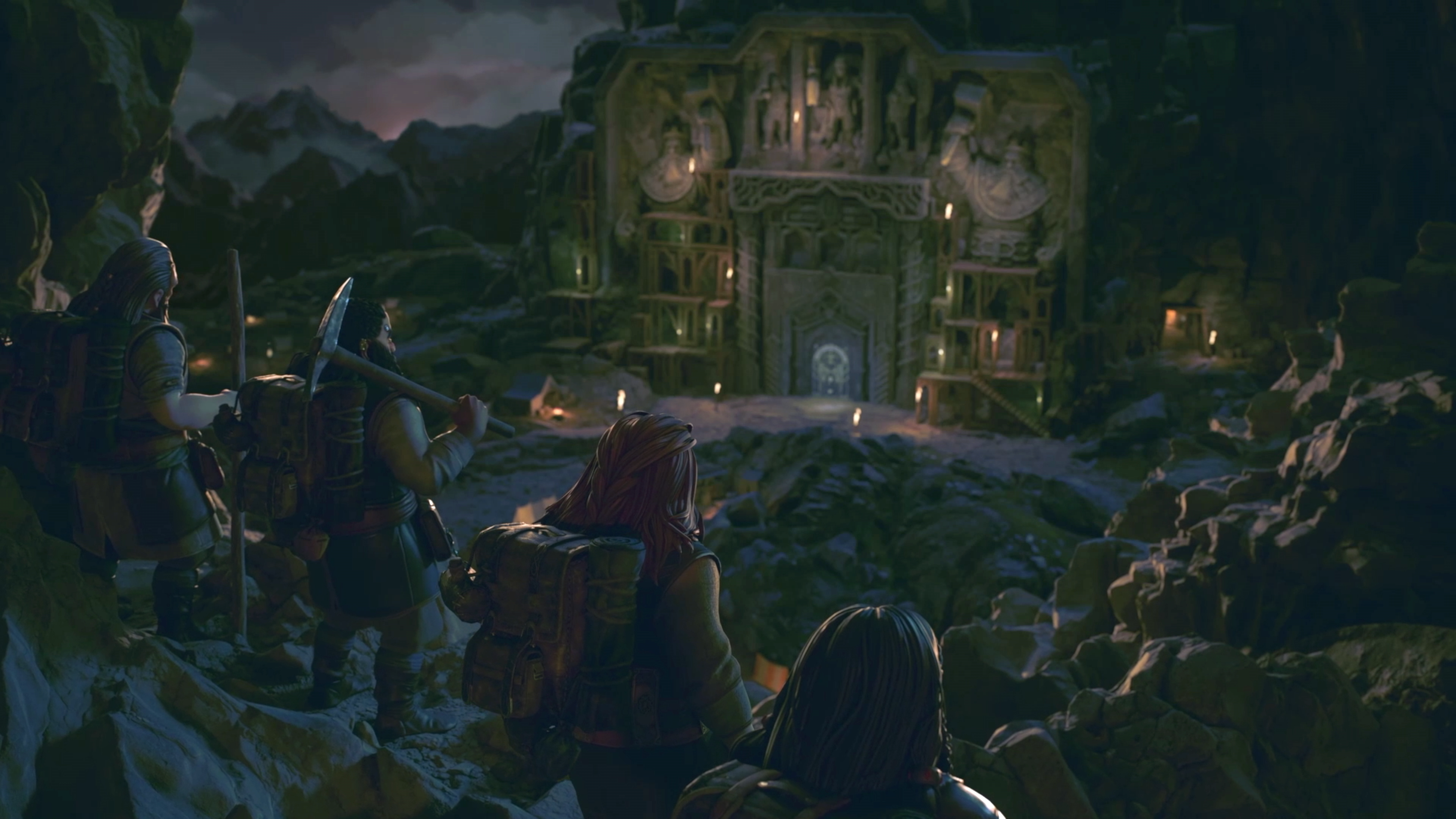
Balin, determined to reclaim Moria despite the dangers, was joined by loyal companions, including Oin, Ori, Nali, Frar, Loni, and Floi. Entering the Misty Mountains in 2989, the Dwarven company fought valiantly, slaying many orcs and establishing their colony in the 21st Hall, where Balin was declared Lord of Moria. The dwarves survived for five years, recovering numerous ancient treasures, but ultimately succumbed to the relentless onslaught of their enemies.
Unaware of the tragic fate befalling his old friend Balin, Bilbo Baggins continued to live a life of prosperity in the Shire, marking his 111th birthday in 3001 TA.
Sources and Further Information
- Tolkien, J.R.R & Tolkien, Christopher. “The Silmarillion,” Houghton Mifflin Company (2004)
- Tolkien, J.R.R & İpek, Çiğdem Erkal “Translator”. “Yüzüklerin Efendisi,” Metis Yayınları (2007)
- Tolkien, J.R.R & Tolkien, Christopher. “The Children of Húrin,” HarperCollins (2007)
- Tolkien, J.R.R & Tolkien, Christopher. “Beren and Lúthien,” Houghton Mifflin Harcourt (2017)
- Tolkien, J.R.R & Tolkien, Christopher. “The Fall of Gondolin,” Houghton Mifflin Harcourt (2018)
- Orta Dünya – Legendarium Türkiye, YouTube
- Yüzüklerin Efendisi – Orta Dünya, YouTube
- Nerd of the Rings, YouTube
